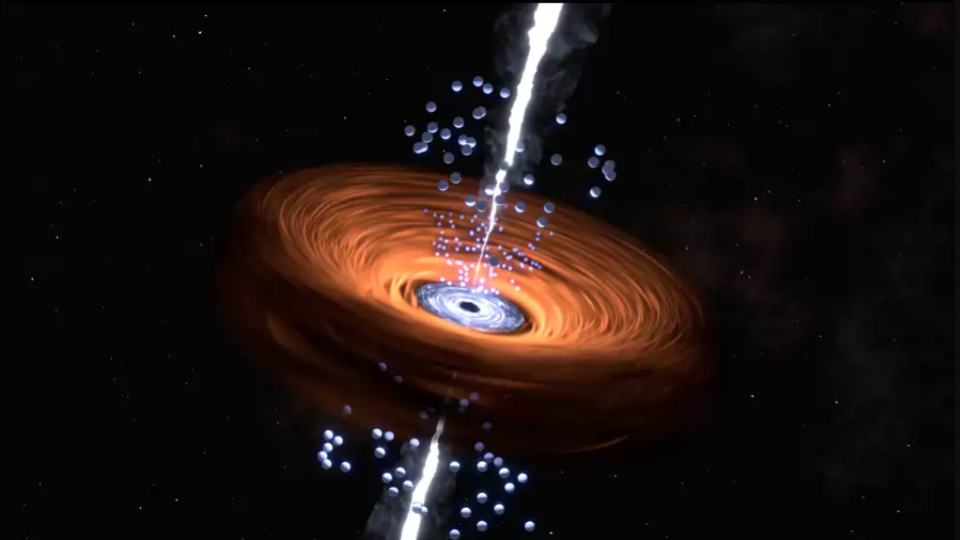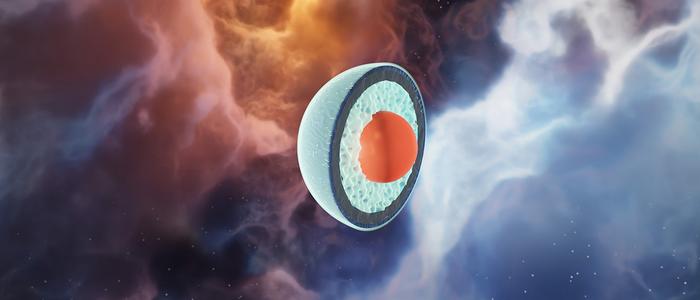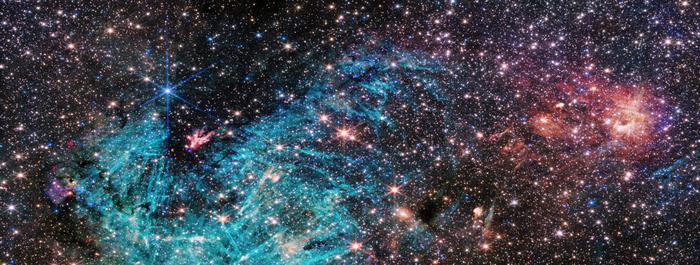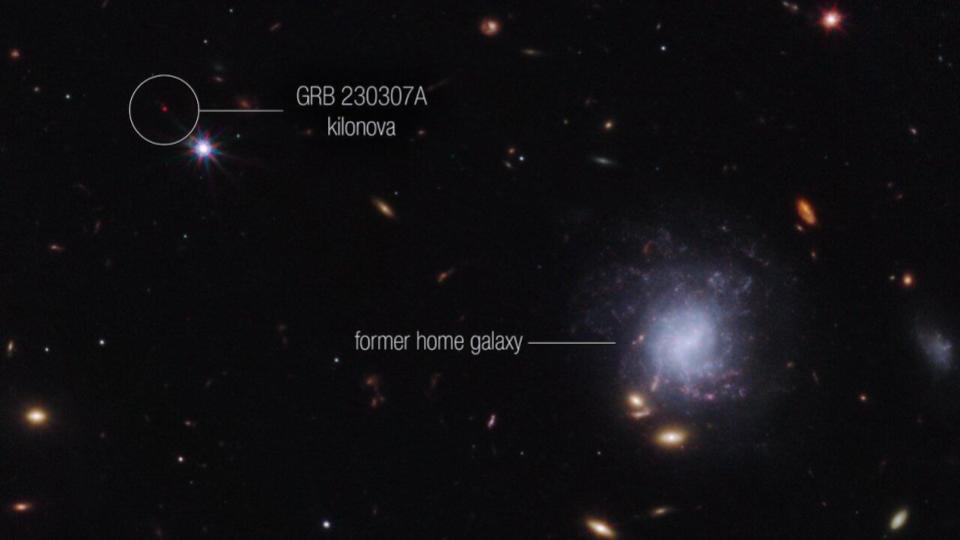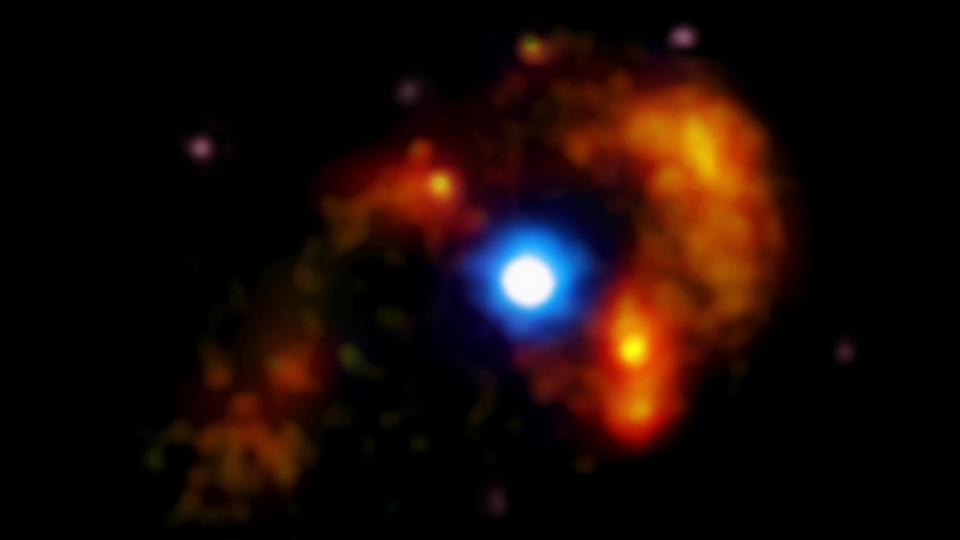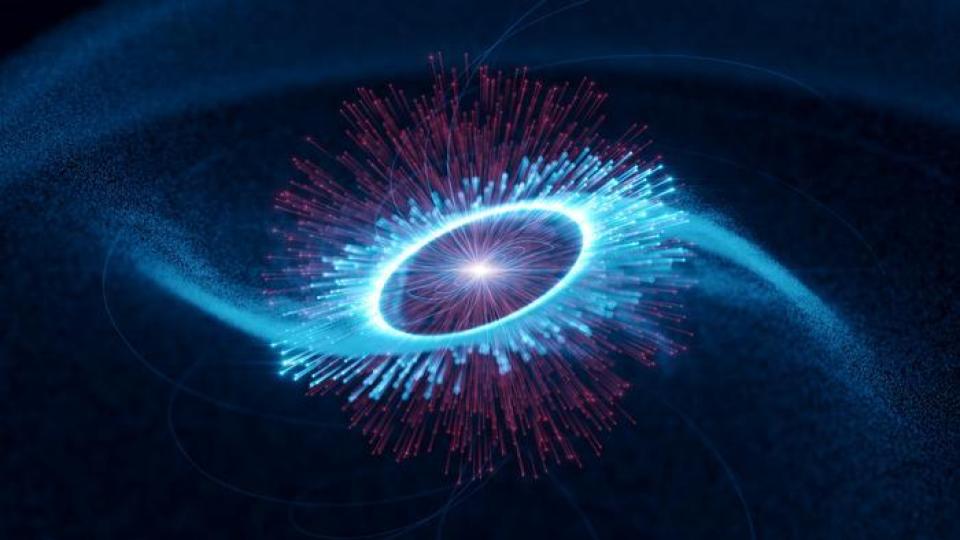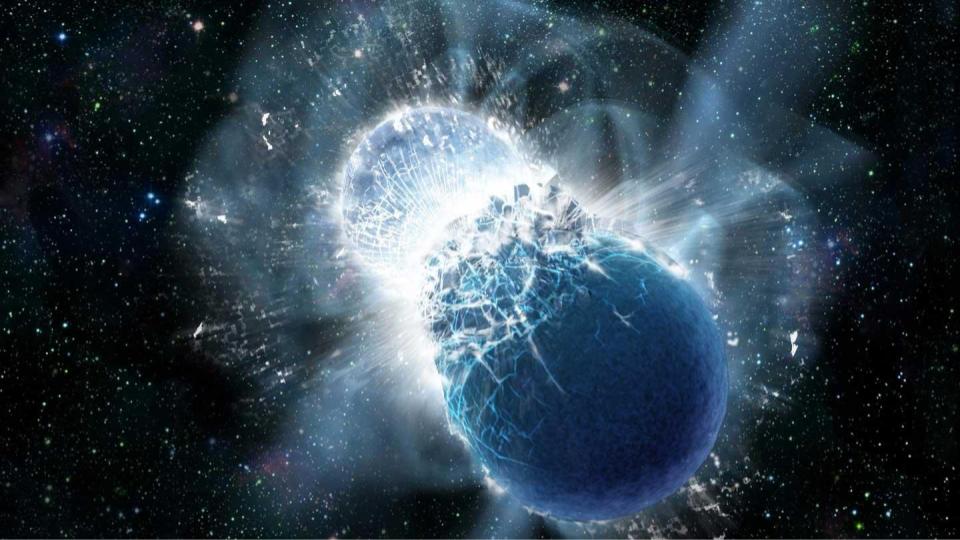One of the great rules of astronomy is that the same rules of physics we see here, in our corner of the universe are the same rules of physics that control all of space and time. Mostly… some forces only work on tiny scales, so at the atomic level it feels like things I working different. In the very first tiniest fraction of a second, the forces were one force, but they split apart faster than an atom can oscillate. In general, it's the same physics all the way out. And this leads to some really cool realities. Consider for a moment the modest ball of incandescent gas that is a star. As...
